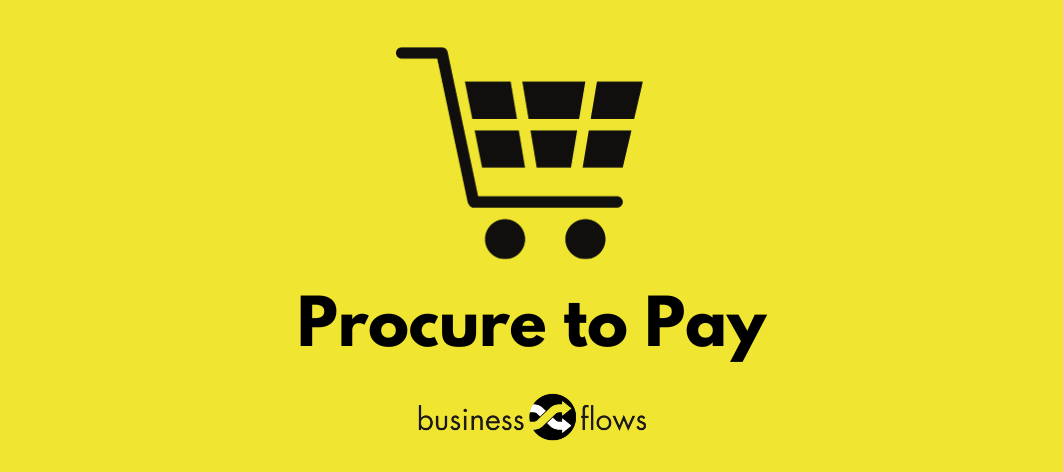Process Reference Models - Industry Best Practices
What is Procure to Pay (P2P)?
The Procure-to-Pay (P2P) domain describes the process of buying goods and services which includes the initial decision to make the purchase, the process of selecting the vendor, and transaction made for purchasing and payment to the vendor.
We have structured the Procure-to-Pay (P2P) scenarios in different clusters:
material procurement,
service procurement,
subcontracting,
portal-supported procurement,
vendor consignment,
third-party procurement,
replenishment,
vendor returns, and
vendor agreements.
Material procurement
Procurement of direct materials
Procurement of indirect materials (inventory managed)
Procurement of indirect materials (non-inventory managed)
Procurement of pipeline materials
Procurement of assets
Procurement with down payment
Service procurement
Procurement of standard services
Procurement of one-time services
Subcontracting
External subcontracting with own components
Portal supported procurement
Procurement of direct materials via SAP Ariba
Procurement of indirect materials via catalogue- vendor portal (self-invoicing)
MRP change request via SAP Ariba Network
Vendor consignment
Procurement via vendor owned inventory
Procurement via vendor managed inventory
Third party procurement
Procurement to order (drop-shipment)
Procurement to order (trading goods)
Replenishment
Intercompany replenishment
Intracompany replenishment
Replenishment for distribution centers
Replenishment with Kanban (external)
Vendor returns
Return to vendor
Returnable vendor packaging
Intercompany stock returns
Vendor agreements
Supplier sourcing for direct materials and services
Supplier contracting for direct materials and services
Supplier sourcing for indirect materials and services
Supplier contracting for indirect materials and services
Procurement via contract
Procurement with scheduling agreements



